
Photo: Paul Kolnik
New York City Ballet’s extraordinarily varied Winter Season draws to a close this week, and there’s still time (just!) to catch some of the most interesting and creative works from the Company’s vast repertoire.
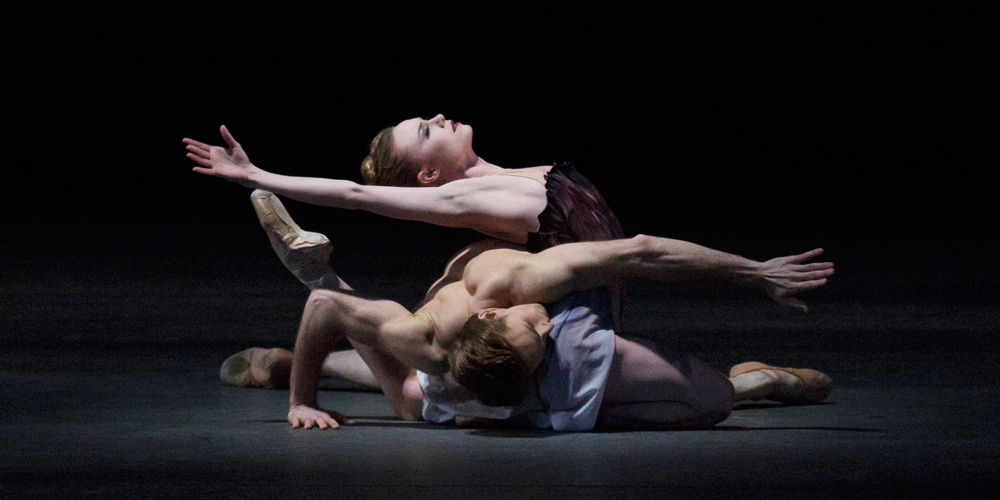
Photo: Paul Kolnik
À la Francaise is devoted to ballets choreographed to the music of French composers. The first of these is by Liam Scarlett – artist in residence at The Royal Ballet – and is his first work for NYCB. Entitled Acheron – name of the Greek River-God – and set to Poulenc’s Concerto for Organ, Strings and Timpani – it’s an abstract work, described as both sensual and somber.
Jerome Robbins’ Afternoon of a Faun is a variation on the theme of Nijinsky’s original ballet, created for the Ballets Russes. Robbins’ subtly sensual pas de deux – set to the hauntingly beautiful Debussy score – depicts a chance encounter between two young dancers in a studio.
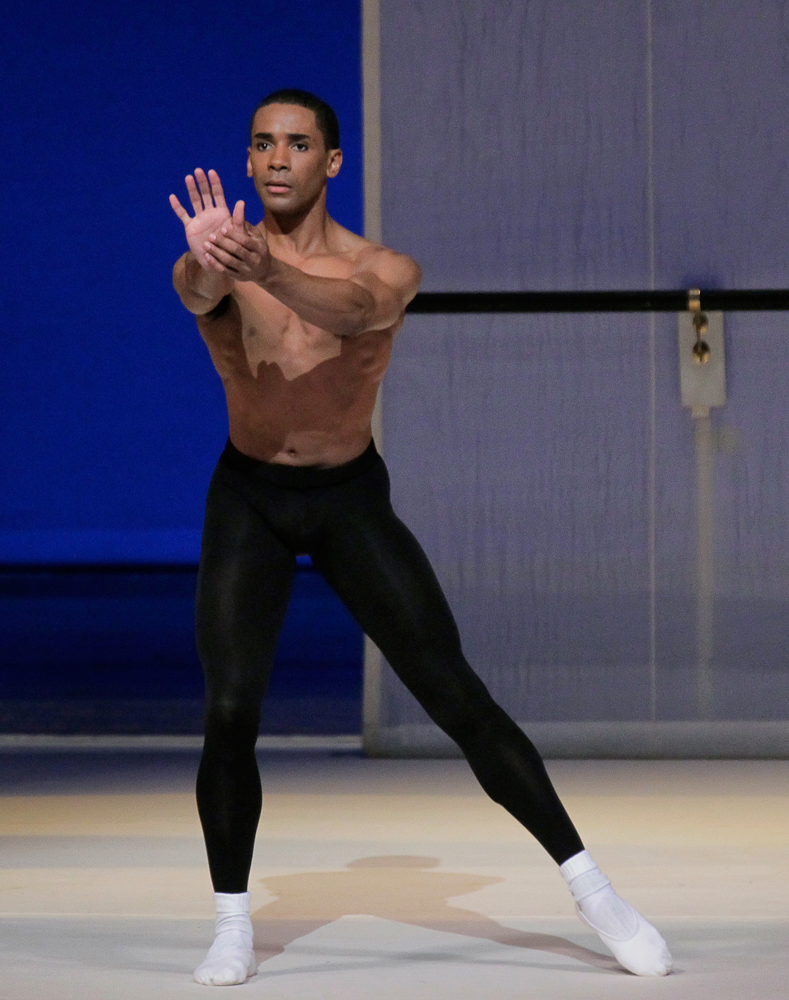
Photo: Paul Kolnik
Walpurgisnacht Ballet is one of a number of dances which George Balanchine created to Gounod’s score for the opera, Faust. An elegant and joyful work, it was choreographed for a 1975 production of the opera by the Théâtre National de l’Opéra, and danced by the Paris Opéra Ballet. In the opera, the Walpurgisnacht scene takes place when Mephistopheles brings Faust to watch the traditional celebration on the eve of May Day – when the souls of the dead are released to wander at will – and although the ballet doesn’t actually depict Walpurgisnacht as such, it certainly has an air of revelry about it.
Ravel’s score, La Valse, was originally commissioned by Diaghilev for his Ballets Russes, but he rejected it as “untheatrical”. In 1951, Balanchine saw the potential of the work, and, combining it with Ravel’s Valse Nobles et Sentimentales, created his ballet La Valse – depicting couples waltzing in a cavernous ballroom in which a woman in white is transfixed by the uninvited figure of death.
New York City Ballet performs À la Francaise on February 26, and in two performances on March 1.
http://www.nycballet.com/Season-Tickets/Winter-2014-Programs/A-LA-FRANCAISE.aspx
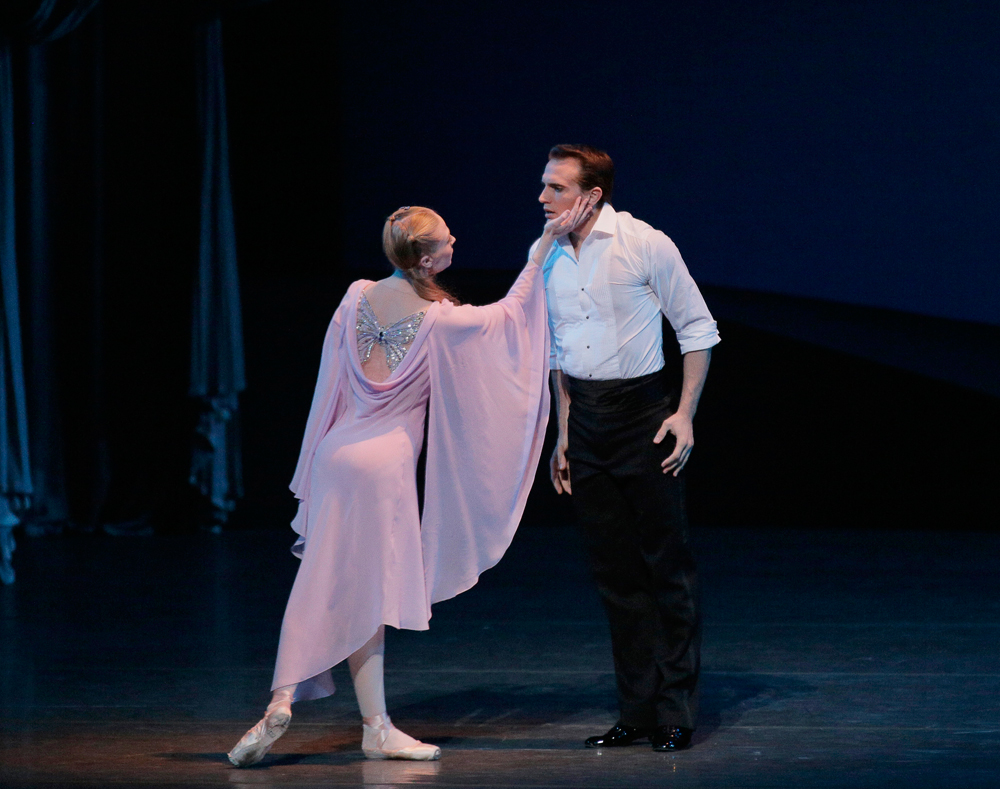
Photo: Paul Kolnik
The program entitled Scenic Delight opens with Peter Martins’ Bal de Couture, a work created for NYCB’s 2012 Fall Gala, as a tribute to fashion designer, Valentino. With the dancers costumed in Valentino creations, the ballet is set to selections from Tchaikovsky’s opera Eugene Onegin.
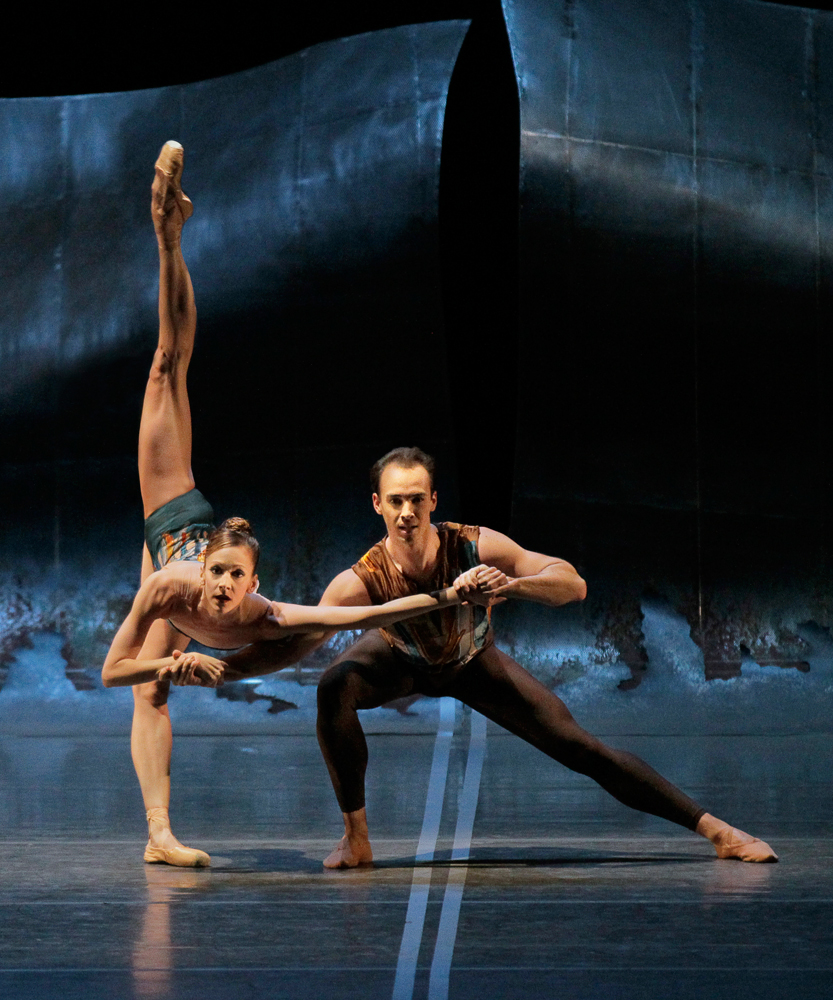
Photo: Paul Kolnik
Christopher Wheeldon’s DGV: Danse à Grande Vitesse was inspired by one of the world’s fastest trains, France’s TGV (train á grande vitesse). The ballet is set to a piece of music which Michael Nyman wrote to mark the inauguration of the north European line of the TGV in 1993. Against a backdrop of metallic sculpture, the dancers move through what’s described as “shifting physical and emotional landscapes”.
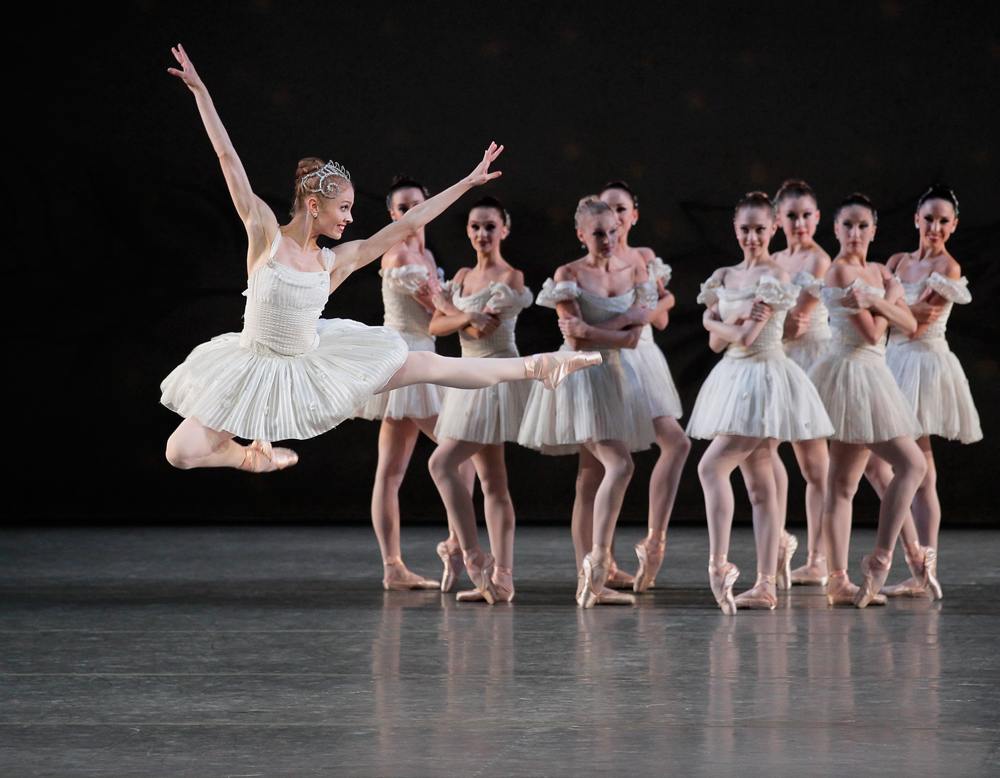
Photo: Paul Kolnik
Jerome Robbins based his ballet The Four Seasons on Verdi’s libretto for his opera, I Vespri Siciliani, in which Janus, the God of New Year, introduced a series of dances, each representing one of the seasons. Following Verdi’s general theme, Robbins’ lighthearted, yet technically challenging, creation (choreographed during the year in which Mikhail Baryshnikov was a member of NYCB) is set to the music from the opera, to which he added pieces from the ballet music from Verdi’s I Lombardi and Il Trovatore.
Scenic Delight has two more performances – on February 27 and 28.
http://www.nycballet.com/Season-Tickets/Winter-2014-Programs/SCENIC-DELIGHT.aspx
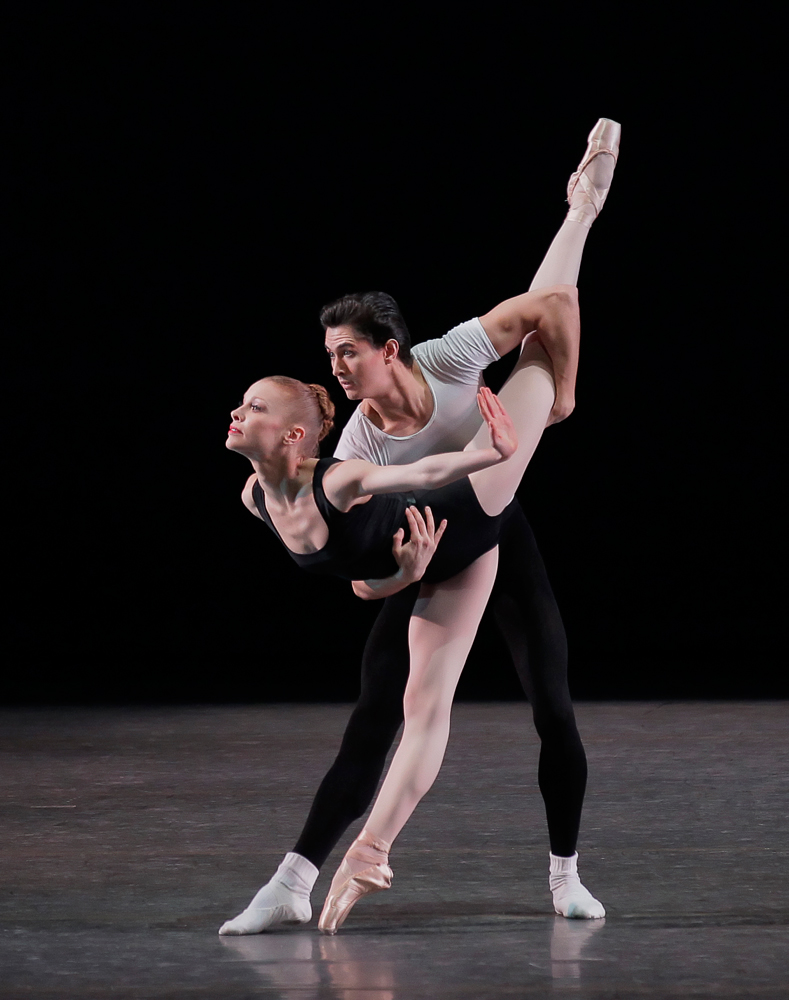
Photo: Paul Kolnik
The grand finale of the season is a program entitled Balanchine – Black and White – featuring three of his signature ballets in which there are no costumes to detract from the purity of the choreography.
Concerto Barocco – regarded as one of Balanchine’s earliest masterpieces – is set to Bach’s Double Violin Concerto. The first movement features the two lead ballerinas each interpreting the role of one of the two solo instruments. The pas de deux which follows is danced to the largo, and in the allegro, the entire ensemble brings to life the vivacity of Bach’s music.
The score for The Four Temperaments was commissioned by George Balanchine from Paul Hindemith in 1940. Another early work, it’s a skilful blend of classical movements with a decidedly contemporary style, depicting the four different “humors or temperaments” which, he said, each of us possesses to a different degree.
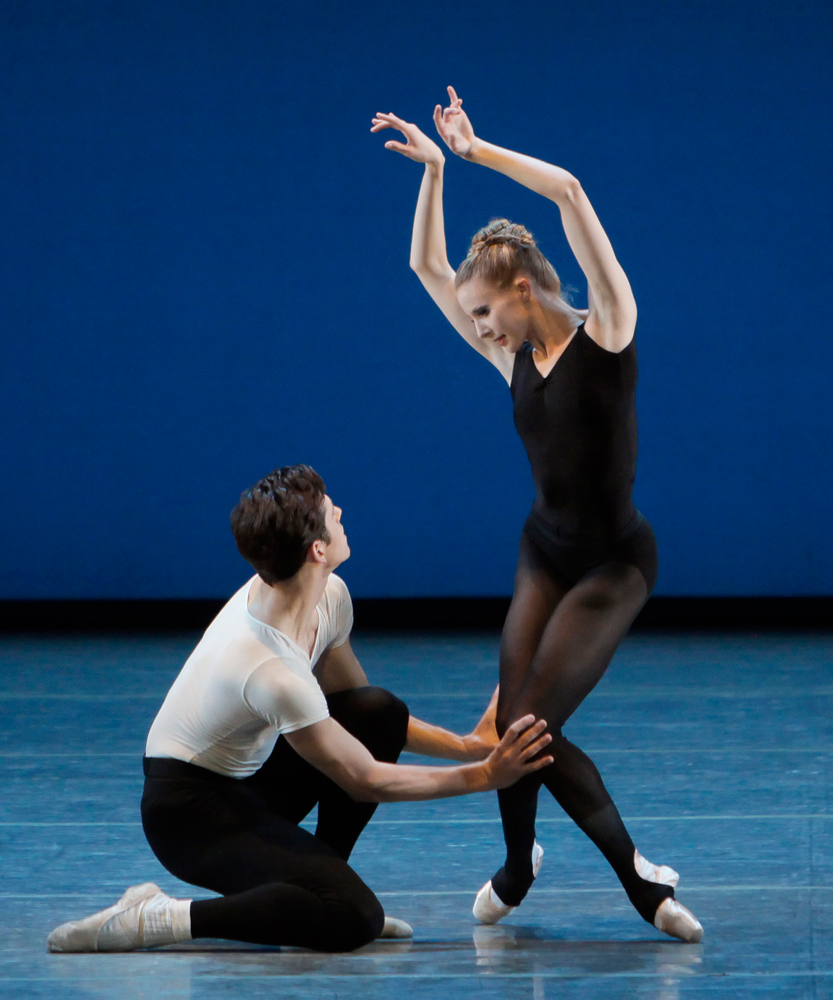
Photo: Paul Kolnik
Balanchine created his Stravinsky Violin Concerto for the 1972 Stravinsky Festival, an eight-day tribute to a composer whom Balanchine admired tremendously and with whom he collaborated on a number of works. In his interpretation of the Concerto, Balanchine followed the structure of the work, opening with a Toccata, followed by two Arias, with a Capriccio for the finale, the two Arias providing the inspiration for what are considered to be amongst Balanchine’s most unique pas de deux.
There is only one performance of Balanchine – Black and White, on March 2.
http://www.nycballet.com/Season-Tickets/Winter-2014-Programs/BALANCHINE-BLACK-WHITE.aspx
Details of performances, timing and tickets are available on the weblinks given above.
